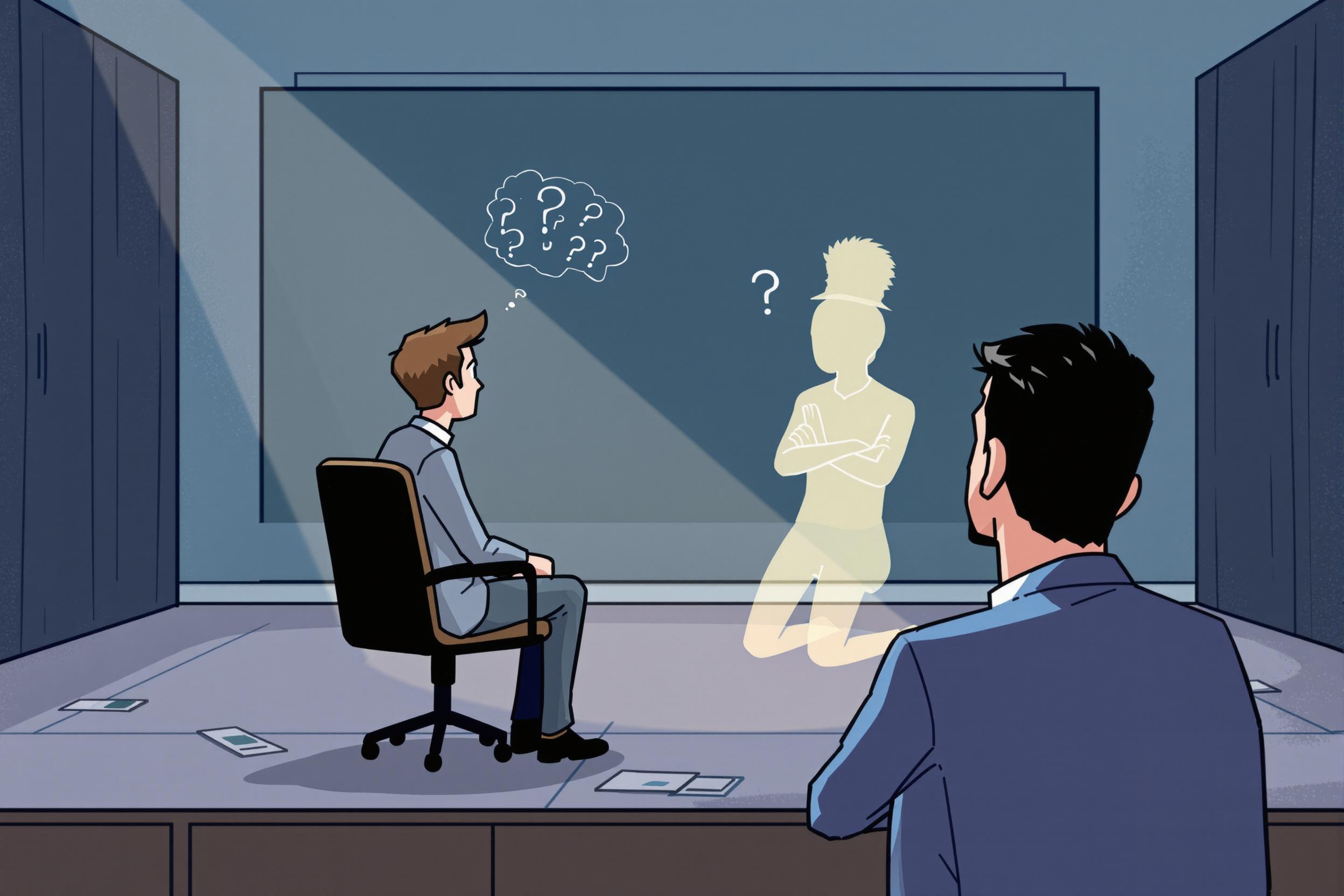
Later
Later is a written direction in a script that tells when something should happen in a scene or story. It's like a timing note that helps everyone involved in a production understand when certain actions, dialogues, or events should occur. When you see this term in resumes or job descriptions, it usually indicates experience with proper script formatting and understanding of how to structure scenes in screenplays, stage plays, or broadcast scripts. This is a basic but important concept in scriptwriting that shows the candidate understands professional script formatting standards used in Hollywood, theater, and television.
Examples in Resumes
Formatted over 50 television scripts using industry-standard LATER directions for timing and pacing
Incorporated Later scene transitions in award-winning short film screenplay
Taught proper use of LATER and other transition markers in screenwriting workshops
Typical job title: "Screenwriters"
Also try searching for:
Where to Find Screenwriters
Online Communities
Job Boards
Professional Networks
Example Interview Questions
Senior Level Questions
Q: How do you use 'Later' and other time transitions to control pacing in a script?
Expected Answer: A senior writer should explain how time transitions help create rhythm in scenes, maintain story flow, and guide production timing. They should mention examples from their work and how these choices affected the final product.
Q: How do you train junior writers in proper script formatting and timing directions?
Expected Answer: Should demonstrate leadership experience by explaining their teaching methods, common mistakes to watch for, and how they ensure consistency across team projects.
Mid Level Questions
Q: What's the difference between using 'Later' versus other time transitions in scripts?
Expected Answer: Should be able to explain when to use different time markers like 'Later,' 'Moments Later,' 'Subsequently,' and how these choices affect scene interpretation.
Q: How do you coordinate time transitions with other script elements?
Expected Answer: Should discuss how time directions work with scene descriptions, character actions, and dialogue to create smooth story progression.
Junior Level Questions
Q: What does 'Later' mean in a script and when do you use it?
Expected Answer: Should explain that 'Later' indicates a time jump within the same setting and demonstrate basic understanding of when to use this direction.
Q: What are the standard formatting rules for time transitions in scripts?
Expected Answer: Should know basic script formatting guidelines, including proper placement and capitalization of time directions.
Experience Level Indicators
Junior (0-2 years)
- Basic script formatting
- Understanding of time transitions
- Scene structure basics
- Proper use of standard script directions
Mid (2-5 years)
- Advanced scene timing
- Multiple script format mastery
- Production timing coordination
- Script supervision experience
Senior (5+ years)
- Script department leadership
- Training and mentoring
- Complex narrative timing
- Production workflow optimization
Red Flags to Watch For
- Unfamiliarity with standard script formatting
- Inconsistent use of time transitions
- No understanding of production timing needs
- Lack of experience with professional scripting software
Related Terms
Need more hiring wisdom? Check these out...

From Farewells to Future Allies: Transforming Exit Interviews into Lifelong Connections

From Passive to Active: Nurturing Candidates Over the Long Haul

Future-Proof Your Workforce: Embracing Lifelong Learning

